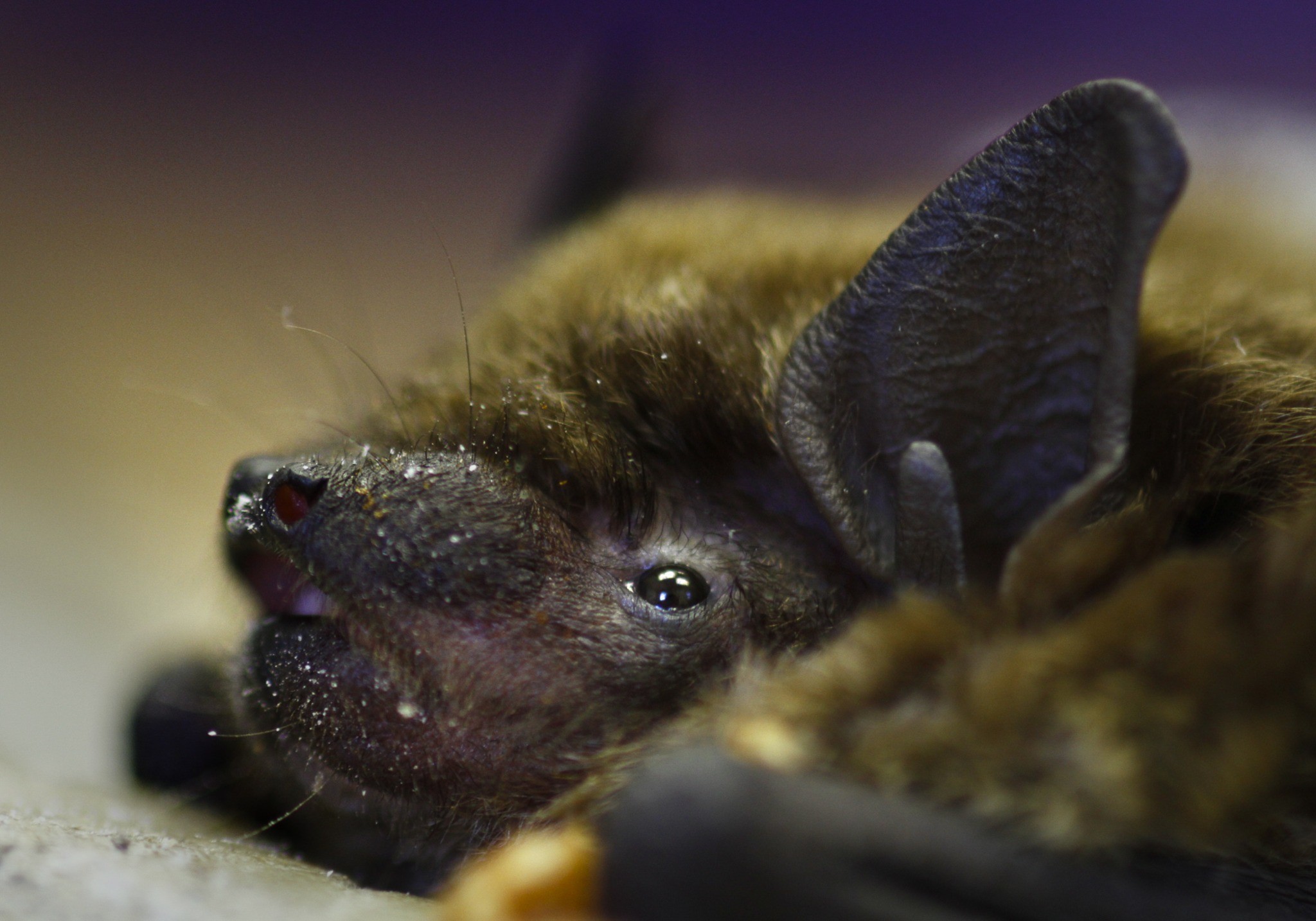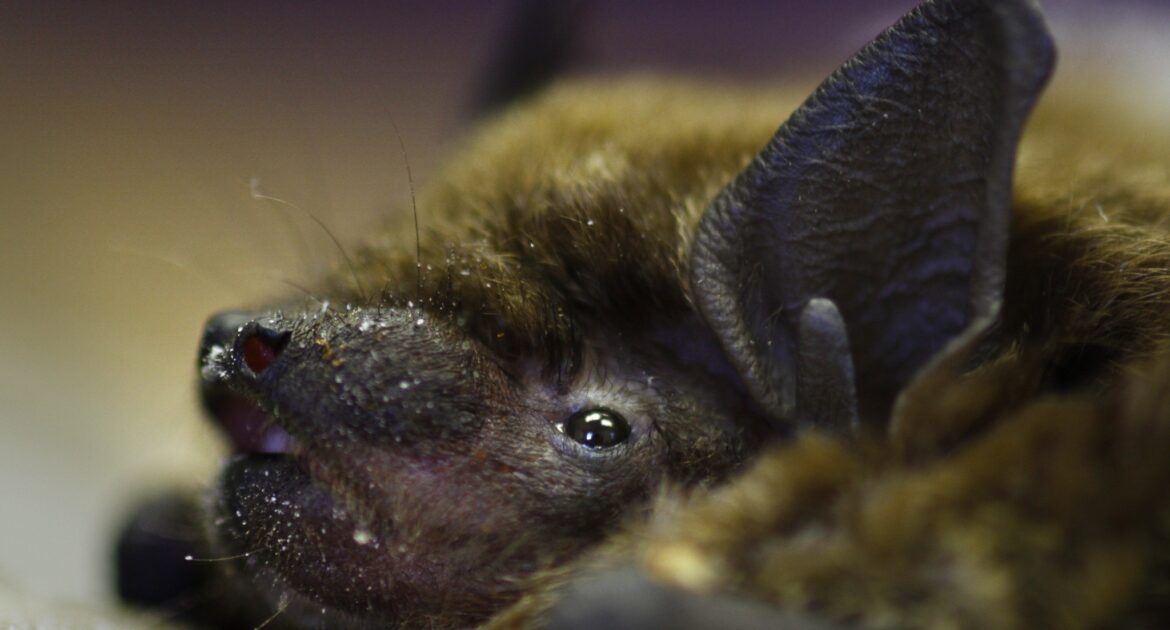Bats have a reputation for being carriers of various diseases but have you ever wondered why they themselves do not fall victims to the diseases they carry? It seems they are designed as nature’s perfect couriers to be effective vehicles for micro-organisms. What this means for communities of human beings that share natural environments with bats is that diseases from bats will continue to pose a threat to human and animal populations. This is one of the reasons bat control is so important for Rexdale’s residential and commercial communities.
Bats and Diseases
Human beings, and other animals, also carry diseases that may not affect them but might harm others. Bats are not much different in this regard. These winged mammals are carriers of severe acute respiratory syndrome (SARS) and Middle East respiratory syndrome (MERS), as well as the Ebola virus, and the Nipah virus, all of which present a serious threat to the health of human beings and other animals. But these viruses and bacteria have no impact on the bats themselves. In fact, bats are known to have relatively long lifespans. Despite their relatively small stature, bats can live in excess of ten and sometimes even twenty years! And this is despite the numerous dangerous organisms that thrive inside their bodies!
The Secret to Bats’ Apparent Resistance to these Pathogens
For bats, as with all other animals that carry diseases but remain unaffected by them, the secret is in their biological makeup. Bats have a reduced inflammatory response to infection than many other animals including human beings. In human beings and other animals, a high level of inflammation occurs in response to infections. This inflammation is triggered by the action of a protein called NLRP, which helps the body to fight infection. This increase in inflammation leads to damage to the internal organs. It also speeds up aging and the onset of age-related diseases. Even when the virus level is high in a bat’s body, the NLRP protein remains fairly inactive. As a result, bats experience less inflammation and suffer less internal damage.
The winged mammals’ secret was discovered by a team of scientists. The findings were published in the scientific journal Nature Microbiology. The experiment included a comparative examination of the way immune cells in bats, humans, and mice responded to the influenza virus, the Melaka Virus and MERS, which is a coronavirus. The scientists realized that the inflammation levels in the bats studied were far below those of the human beings and mice subjects.
As they continued to investigate, the researchers also learned that bats also had lower levels of transcriptional priming than human beings and mice.
With what appears to be a higher tolerance for diseases, bats are very efficient conduits. This means that priority must be placed on bat control services for areas like Rexdale that have active bat populations. The bats may also have a very important lesson for human beings as well. Through an understanding of how the bats’ bodies resist inflammation, scientists may be able to discover new ways of approaching and controlling infectious diseases by changing their focus from an anti-pathogen one to a more general disease resisting one similar to that of the winged mammal.




